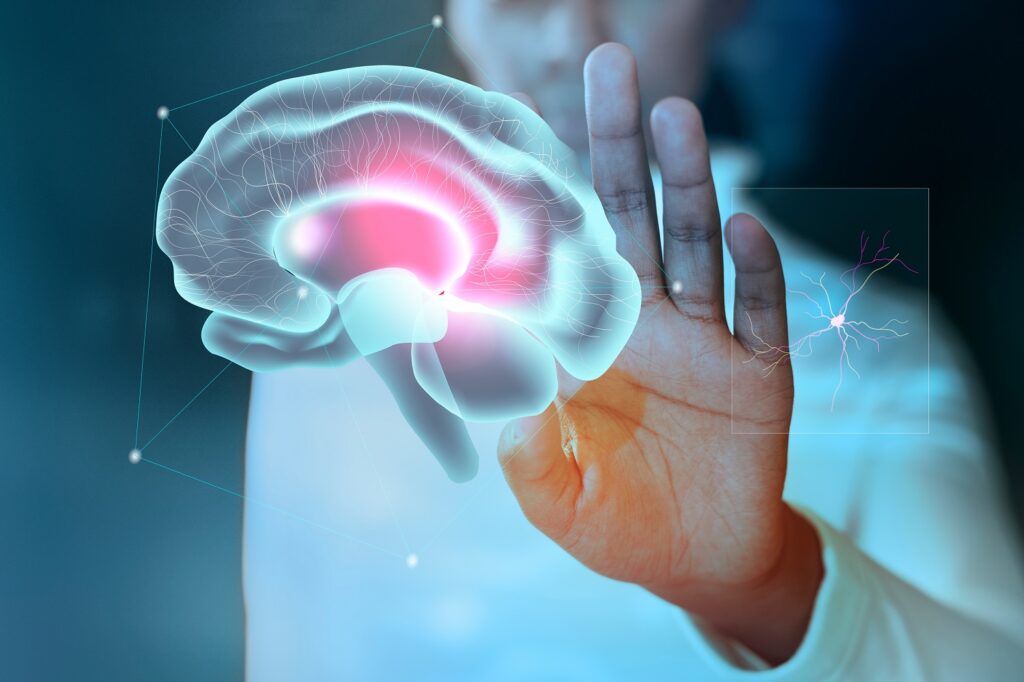A 7-year-old boy was presented with a diagnosis of attention deficit hyperactivity disorder. The patient was hyperactive and had the impression of difficulty with eye contact. He also had mild motor tics disorder and IQ of 76%. At 9 years, the mother reported that he turned speechless, especially when it came to interacting with strangers. During such situation, he was consciousness but could not respond verbally directing towards the diagnosis of selective mutism. With reading difficulties, his reading ability was at the first-grade level. His sleep and awake EEG demonstrated highly frequent unrelated epileptiform activity over the parieto-occipital region on the right side and the parieto-temporal on the left side, in the form of a triphasic spike-wave pattern. He never had seizures.
Results
- As the child had no seizures, his EEG was performed without a clear indication which explained all his clinical presentations. Cognitive and behavioural comorbidities are often seen in children with epilepsy, the current case highlights cognitive regression with EEG abnormalities alone. The patient had a progressive disorder that was first observed with mild developmental delay and attention deficit hyperactivity disorder, and eventually progressed to selective mutism. Thus, thisprogression of the psychiatric symptoms can be unrelated to the appearance of seizures and EEG must be considered for children with learning disabilities.
- As the child had no seizures, his EEG was performed without a clear indication which explained all his clinical presentations. Cognitive and behavioural comorbidities are often seen in children with epilepsy, the current case highlights cognitive regression with EEG abnormalities alone. The patient had a progressive disorder that was first observed with mild developmental delay and attention deficit hyperactivity disorder, and eventually progressed to selective mutism. Thus, thisprogression of the psychiatric symptoms can be unrelated to the appearance of seizures and EEG must be considered for children with learning disabilities.















